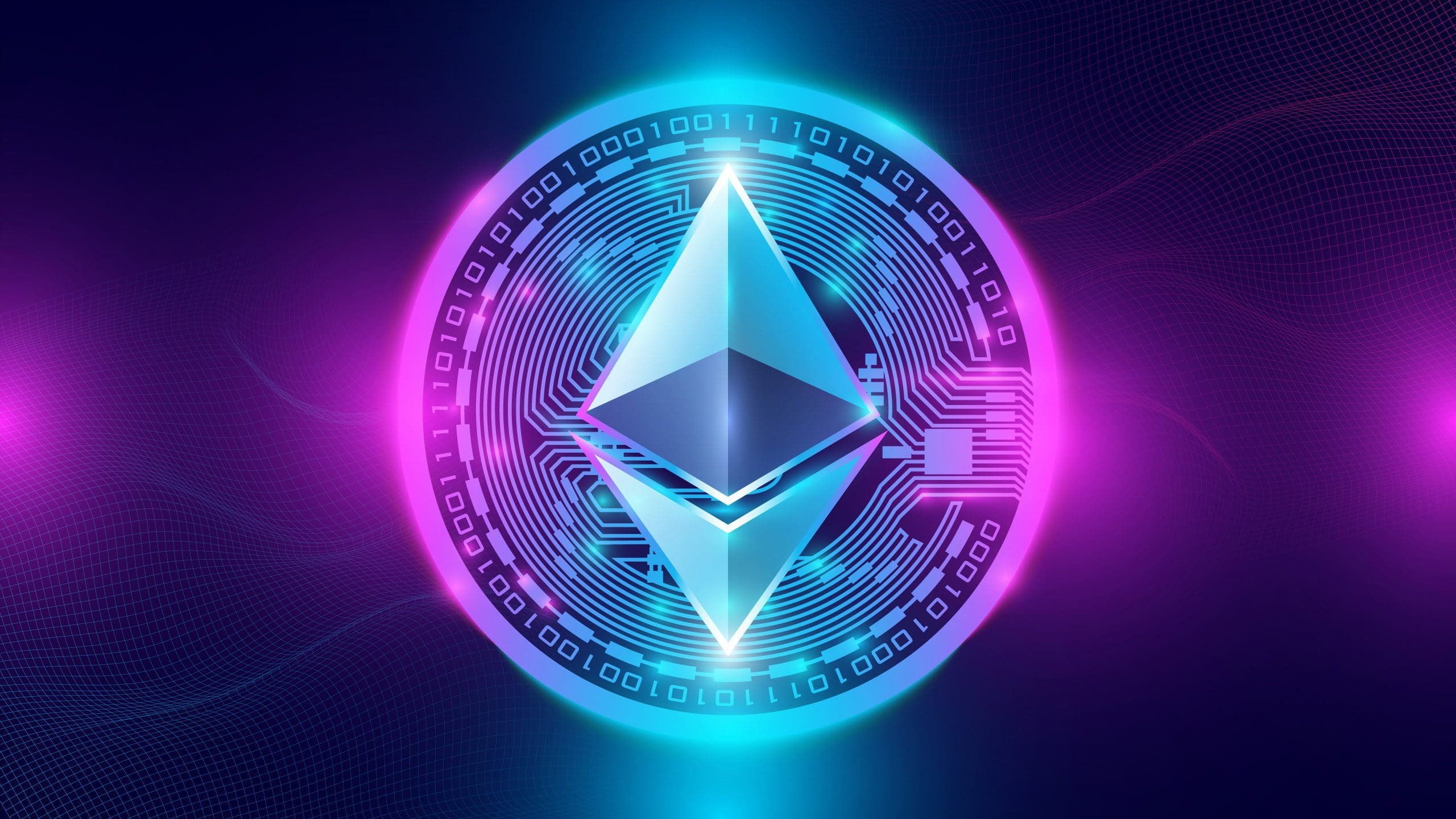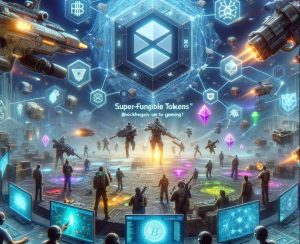Ether-nauts can look forward to this in the new year
4 min readTable of Contents
ETH is on the home straight to the new network environment. Faster, cheaper, more secure: ETH 2.0 wants to do a lot better than its predecessor.
Everything looks to ETH in the new year. With the switch to Proof of Stake (PoS), the network is about to experience the most important upgrade in 2022. Preparations for the “merge”, the merging of the current ETH Blockchain with the PoS-based Beacon Chain, have been in full swing for months and it is becoming apparent that the developers will be able to meet the deadline roughly set for the middle of the year. But why is the upgrade so important in the first place?
“Merge” scales ETH
ETH is by far the largest network for decentralized applications. So big that it is now in its own way. The performance of the smart contract platform is simply not designed for the rapid growth of decentralized finance (DeFi), blockchain games and NFTs. ETH, which like BTC also uses a proof-of-work consensus, is clogged. The reason: The throughput is a meager 15 transactions per second (TPS). Too little to keep up with the onslaught. The result: high fees. According to bitinfocharts the average transaction fees are currently 26 US dollars. A disaster for an inclusive monetary system.
Scaling solutions such as polygons or ZK rollups, which outsource the processing of transactions in order to transfer them bundled to the ETH mainchain, are already remedial. But although these reduce costs and significantly increase throughput, there are alternative solutions. With the transition to the 2.0 version, which goes through several phases under the code name “Serenity”, ETH provides its own answer to the scaling deficiencies.
Why Proof of Stake?
In contrast to the proof of work, validators – also called stakers – are no longer responsible for processing transactions and creating new blocks in a proof-of-stake network. A subtle difference: Instead of using computing power, the network is secured by temporarily blocked ether deposits. This consumes ETH Estimated 99.95 percent less energy than before. In order to ensure compliance with the network rules, ETH 2.0 relies on rewards and sanctions. “Honest” validators receive a return on their stake, “malicious” or inactive validators are penalized by the algorithm and lose their stake. This process is also known as slashing.
Proof of Stake ensures low energy consumption, creates new investment opportunities and also protects the network from 51 percent attacks. But what about the scaling? The sharding function is supposed to take care of that. With sharding, the “splintering” of the blockchain, transactions in the beacon chain are initially shifted to 64 shard chains. Basically a separate Layer 2 solution: since nodes do not have to store the entire blockchain, but only parts of it, and transactions are split across multiple chains running in parallel, transaction throughput increases. In combination with Layer 2 rollups, the developers aim for a value of 100,000 TPS. But: The introduction of sharding will be a long time coming. Originally planned before the merge, the introduction was postponed to 2023 due to the increase in existing scaling solutions.
Testnets wherever you look
The importance of ETH 2.0 can only be seen in the number of test networks in which the various upgrades are checked for functionality and, above all, security gaps. Since the transition of the mainnet is similar to an open heart operation, all new functions must first be subjected to meticulous audits. In addition to “Görli”, “Kovan”, “Rinkeby”, “Ropsten”, “Prysm” and “Medalla”, “Kintsugi”, which gives a full simulation of the ETH 2.0 environments, has also been live since December 20th.
In contrast to the other sandbox environments, Kintsugi is designed as a long-term test network. Users: Inside the publicly accessible network, you can get a first impression of ETH 2.0 and experiment with the “post-merge ETH”, as developer Tim Beiko said in a blog entry writes. Kintsugi should therefore primarily serve to “identify initial problems”. Corresponding deficiencies would flow into improving the client software. Then “a last series of test networks will be started” and finally “run through The Merge”. And then, finally: The transition of the ETH mainnet to Proof of Stake.
There is still a lot on the agenda
But it doesn’t stop there. The PoS changeover is also the most important, but only part of the ETH 2.0 roadmap, which is likely to be revised several times in the coming year. Docking the mainchain to the beacon chain, proof of stake, the new ETH 2 asset, a new virtual machine, sharding, crosslinks to allow shard chains to communicate with one another: the developers still have their hands full. It will be a few years before the vision of ETH 2.0 is fully implemented. In the end, however, Vitalik Buterin’s vision of ETH as a world computer could become a reality. The most important course for this will be set in the new year.







